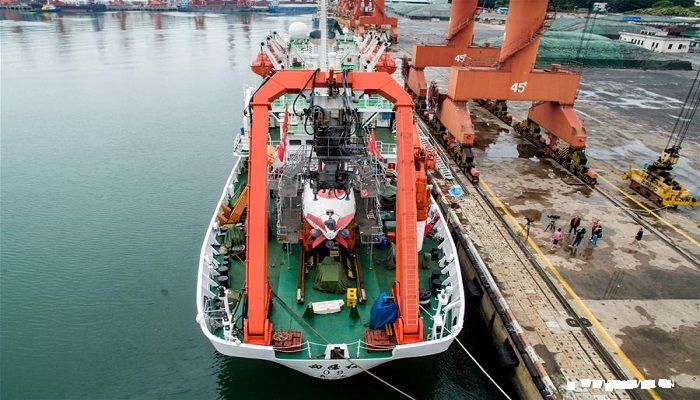
China has launched a scientific expedition to the 4,000-metre-high Qinghai-Tibet plateau, which will also include a visit to the China-Pakistan Economic Corridor, to study changes in climate, biodiversity and environment over the past decades in region.
The expedition will also take scientists to a pass linking to south Asia, state run news agency reported.
The USD 50 billion CPEC passes through Pakistan-occupied Kashmir (POK), over which India has conveyed its protests to China. The area covers Karakoram mountain ranges including Siachen glacier.
The last expedition of similar scale in Tibet, regarded as roof of the world was conducted in the 1970s.
This time, the expedition will last five to 10 years and the first stop will be Serling Tso, a 2,391-square-km lake that was confirmed to have replaced the Buddhist holy lake Namtso as Tibet’s largest in 2014.
In the coming months, the Chinese Academy of Sciences (CAS) will take more than 100 scientists to the lake area and the origin of the Yangtze, China’s longest river. They will be divided into four groups and make a comprehensive survey of the plateau glaciers, climate change, biodiversity and ecological changes, said Yao Tandong, an academician with the CAS, state run Xinhua news agency reported.
“Great changes have taken place in the plateau’s resources and environment since the first scientific expedition,” said Yao, director of the CAS Institute of Qinghai-Tibet Plateau Research. “We need further research to find out ways to cope with these changes.”
China’s first comprehensive scientific expedition to the Tibet plateau began in the 1970s and covered more than 50 disciplines including geologic structure, prehistoric life, geophysics, climate, zoology and botany.

Post Your Comments